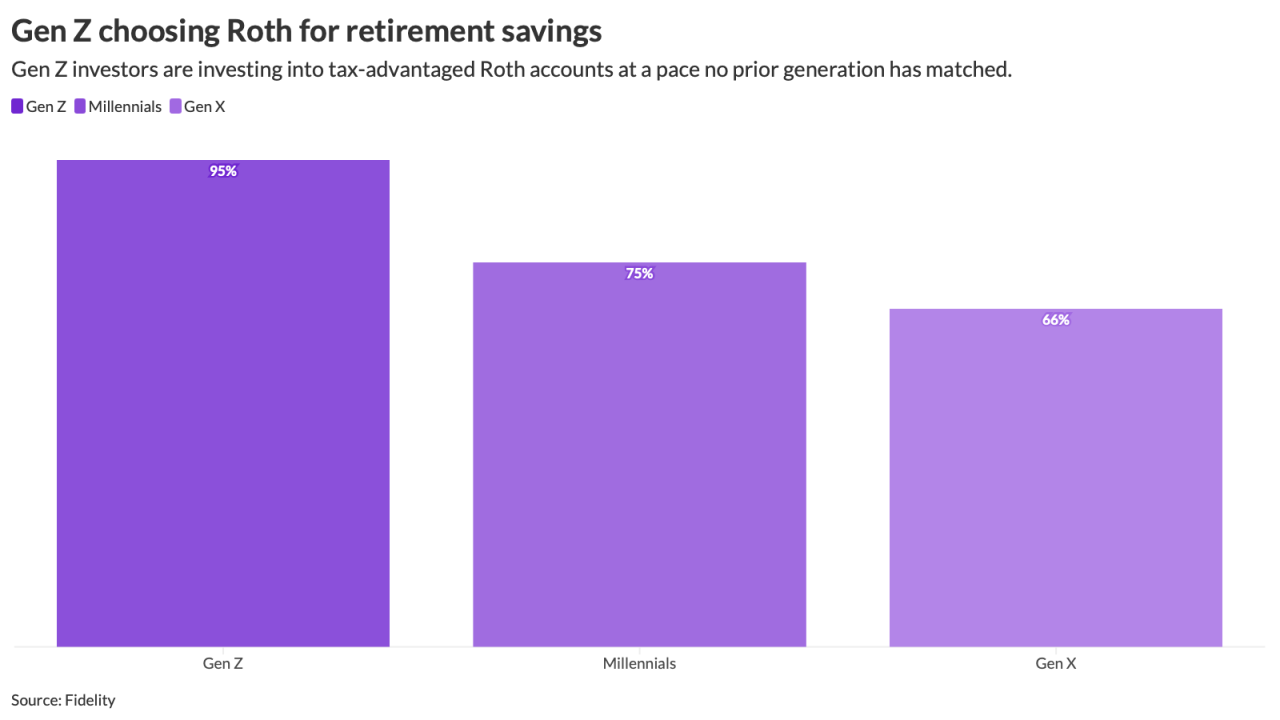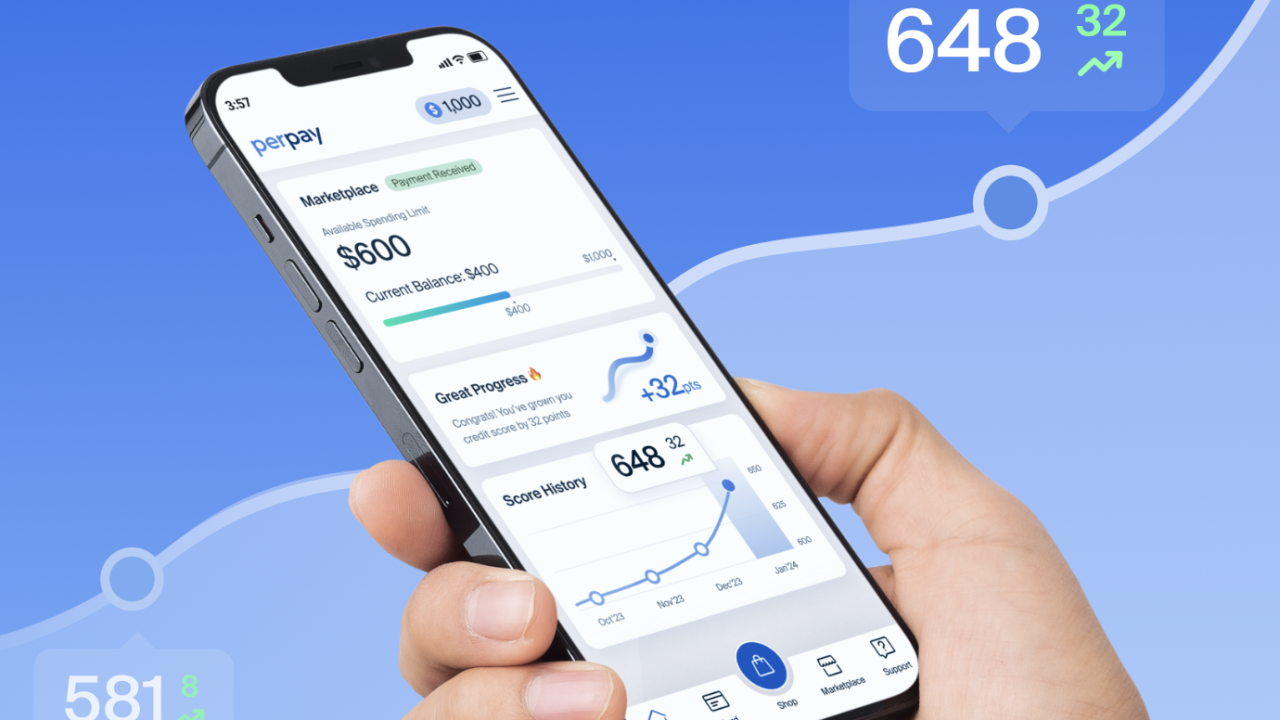It’s the zombie apocalypse.
Survivors have left the bunker and are running supplies to towns nearby. They’re moving quickly through cities and forests — trying their best to make it past the hordes of flesh- hungry monsters that are hot on their trail.
No, this isn’t an episode of “The Walking Dead.” It’s a wellness program — and the entire office is in on it.
The program, called the Outbreak, is the brainchild of health tech company FIX Health. Mike Tinney, CEO and founder of the company, says the game is a corporate health walking challenge that encourages employees to get up, move around and defeat some zombies in the process. The number of steps workers take directly correlates to their ability to escape the zombies, Tinney says. The farther they go in the game, the more difficult the zombies are to overcome (including a zombie bear).
“They’re playing in a simulated zombie outbreak,” he says. “They have to get to safe locations, and those locations require a certain amount of steps to reach.”
FIX Health released an early version of the game in 2015 after testing a number of different ideas — including alien and sports-themed games — and zombies were the most popular. “People liked being chased by zombies,” Tinney says.
The company re-released the game exclusively as a mobile app in 2017. It’s typically played over six-week periods, and employers have the option to pick from four different scenarios: ground zero, risky provisions, the blitz or scavenger run. Each version varies in difficulty and plotline, Tinney says. For example, ground zero is the start of the zombie outbreak and introduces players to the game, while the blitz is for more experienced players; it’s the most physically demanding and is played over three weeks.

Employees also can unlock a part of the game where they get to play as a zombie themselves, Tinney says. While zombie mode players can’t win the game, they can still record their steps — and terrorize some co-workers in the process.
“You can play the game as a zombie instead of working toward the safe house; you can be chasing your coworkers,” he says. Hundreds of employers of all sizes have used the Outbreak over the years. On average, between 15 and 50 employers are engaged in the program every month.
Research shows that counting steps plays a role in keeping employees active. The U.S. Department of Health and Human Services
Measuring step counts in conjunction with goal setting and other behavioral approaches has been shown to increase overall physical activity, HHS says. Commercially available step trackers typically set consumers’ step goals at 10,000, but HHS says researchers have found the baseline number of steps is around 5,000. Tinney says the Outbreak typically gets employees to around 10,000 steps per day, or 150 active minutes. The program can be integrated with trackers like the Apple Watch or Fitbit.
“[The game] helps employers make more of an informed decision about how activity levels correlate to health risk,” Tinney says. “We’re built for a specific purpose, which is to inspire people to be more physically active incrementally over a course of time.”
The School District of Lee County in Fort Myers, Florida is one of the employers using the Outbreak as part of their overall wellness program. Heather Parker, the district’s employee wellness coordinator, says about 3,000 of the district’s 14,000 employees have played. Though she says it’s hard to keep employees tuned in to wellness programs, the game has seen high levels of engagement. Parker has personally played the game five times.
“People tend to fall off the wagon because life takes priority,” she says of traditional wellness programs. “With this game, it keeps you engaged so much so that you can get addicted to it, which is a good thing.”
Parker says workers are generally excited about the game. She recalls an employee in the IT department telling her that the Outbreak helped him become more physically active. “‘You’ve done it Heather,’ [he told me]. ‘The first thing I do in the morning and the last thing I do before I go to bed is pick up my phone and check my zombies,’” she recalls.
The district published a white paper on how employees engaged with the Outbreak in 2017. A full 87% of Lee County workers completed the game, and about 218 participants transitioned from inactive lifestyles to more active lifestyles after completion, the employer self reported.
Tinney says the company tries to keep employee engagement in the game high, and they guarantee employers that 80% of participants will complete the challenge. Employers can either pay per employee for a single challenge, or they can pay for a monthly site license, he says. FIX Health also is piloting a new analytics feature that will allow employers to see anonymous data on how active their workforce is during the game and after it is complete.
“We’re able to take those daily step signals and educate the individual on how their activity levels compared against accepted models best practices and research,” he says.
The Outbreak is just another example of gamification in the workplace as a way to engage employees. Walmart, for example, released
“It allows them to quickly connect correct decisions with positive results by condensing days to minutes and giving immediate positive reinforcement,” Shepherd says.
Tinney echoes a similar sentiment. It can often take weeks for employees to see the results of making positive lifestyle changes like eating healthy and exercising. But giving them the opportunity to defeat zombies and meet a step goal can be more immediately rewarding.
“When people go on a personal journey to try and feel better, it’s weeks of effort before they see any benefits,” he says. “The nice thing about a game-based experience is [it] can give [them] much more immediate rewards, even if they’re not the physical rewards. It can give a sense of progress.”





